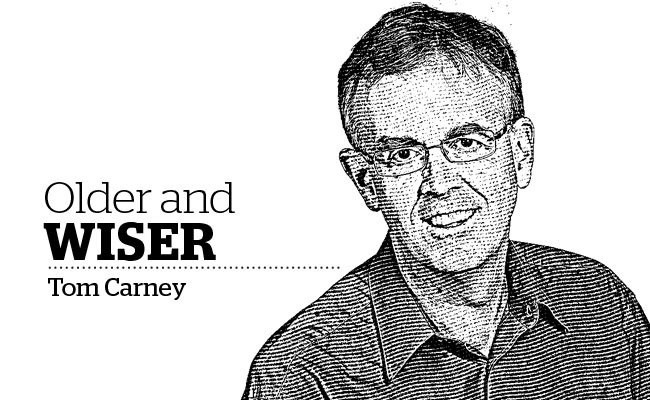Time to dip into the readers mailbag.
Colm writes, "I am a volunteer driver for Meals on Wheels and have delivered to people ranging in age from 78 to 97 who have the full spectrum of ailments, such as early dementia, sight, hearing, mobility problems, etc. I suggest that you write an article which would define independent living, assisted living, residential care, nursing homes, intermediate care and long-term care, etc. You could also address the level of medical care provided by the various retirement homes."
Thanks for the assignment, Colm.
Terms used for care for the elderly can be confusing and are subject to change. Generally speaking, care for older adults is provided in one of three ways: home care, retirement homes that are most often privately run, and government-funded residential care facilities.
Let's look at these options in more detail.
Home care (also referred to as home and community health services) is offered through Vancouver Coastal Health (VCH). Home care is designed to supplement, rather than replace, care to individuals that is provided by family, friends and community. Services include bathing, dressing, mobility and transfers, exercising, medication management and more.
Home Care Nursing (VCH) provides professional nursing care in your home. Physiotherapists and occupational therapists from Community Rehabilitation Services (VCH) can help you set up your home to make it safer and easier to get around.
Numerous private sector providers offer home-care services on a for-profit basis. There are some good people out there but remember you are inviting people into your home so do your due diligence.
Adult day-care services, available at the Margaret Fulton Centre in North Vancouver and the Adult Day Centre in West Vancouver, offer nursing supervision, health monitoring, personal care assistance, recreation and a lunch.
If you choose to leave your home the option of assisted living includes rental accommodation, hospitality services and personal care. It is primarily intended for seniors and people with physical challenges with low to moderate incomes who require help with personal care. Two things to note here: you must be able to direct your own care and make your own decisions and the prescribed services like help with medication, bathing, dressing, etc., are capped at two services per person.
Retirement homes (also referred to as independent living or supportive living) are designed for people who do not need 24-hour availability of nursing care or specialized health-care services. Some seniors refer to this as intermediate care. Most seniors are in their mid-to late-80s by the time they enter a retirement home.
Typically the service includes your own room or suite, daily meals, laundry, linens, 24/7 availability of staff, outings, regular fitness and social programs, Internet access, health
and wellness programs and transportation to appointments. Some retirement homes will have an assisted living floor and a floor for those with memory issues.
Finally, nursing homes, also referred to as residential care or long-term care, are meant for those who have complex needs, require 24-hour nursing care or specialized care and are not able to remain safely in their own homes.
Long-term care provides the highest level of medical care outside of hospitals.
Most people in long-term care are older and the facility will be the final home for most of them.
Who is eligible for these types of health and support services, how do you access them and what do they cost? I'll answer those questions in my next column.
Tom Carney is the former executive director of the Lionsview Seniors' Planning Society. Ideas for future columns are welcome. [email protected]



